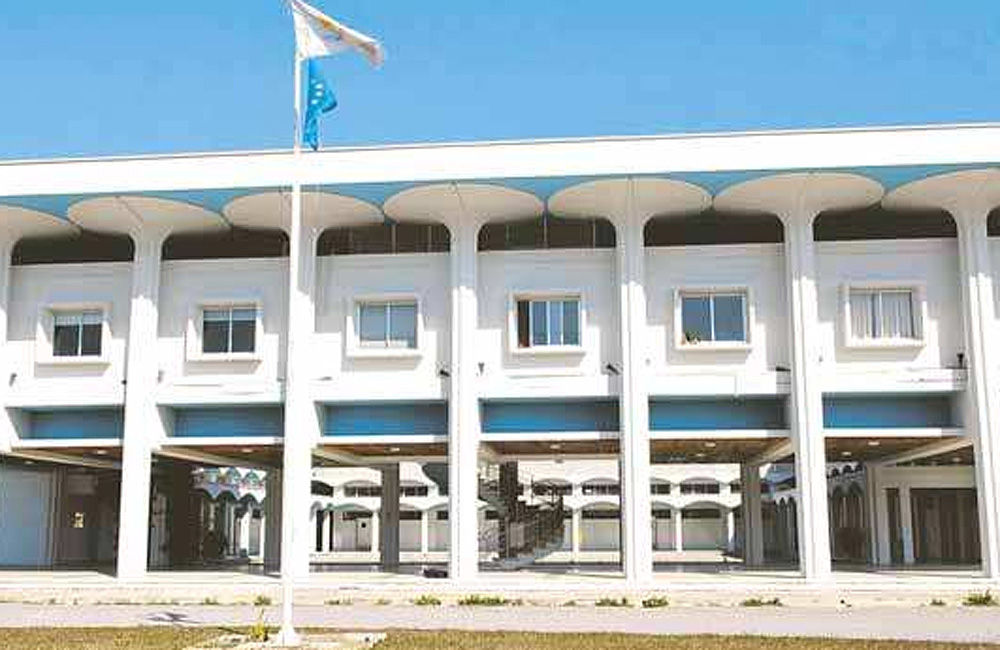Design of heating and hot water services for a building
- Τίτλος
-
Design of heating and hot water services for a building
- Θέμα
- Heating
- Hot-water heating
- Hot water
- Δημιουργός
-
Demetriou, Demetres
- Πηγή
- Higher Technical Institute
- Το πλήρες κείμενο είναι διαθέσιμο από το Υπουργείο Ενέργειας, Εμπορίου Βιομηχανίας και Τουρισμού
- Εκδότης
- Library of Cyprus University of Technology
- Ημερομηνία
- 1989
- Συνεισφέρων
- Eleftheriou, Polyvios
- Δικαιώματα
- Απαγορεύεται η δημοσίευση ή αναπαραγωγή, ηλεκτρονική ή άλλη χωρίς τη γραπτή συγκατάθεση του δημιουργού και κάτοχου των πνευματικών δικαιωμάτων.
- Μορφή
- Γλώσσα
- en
- Τύπος
- text
- Αναγνωριστικό
-
MED0042
- Σύνοψη
-
The purpose of a heating system is to produce and maintain comfortable conditions in the space concerned when the outside temperature has dropped below the comfort level.
Obviously the lower the outside temperature, the greater is the capacity of the heating plant required and the more prolonged the severe weather, the greater the energy consumption (fuel, electricity) will be.
Calculations for heat requirements are based upon the difference between design external air temperature and design internal air temperature. The design external air temperature was obtained from records of Meteorological Service for weather conditions of Nicosia, while recommended values for design internal air temperature were taken from CIBS-GUIDE.
Space heating can be achieved either by individual heating units separately for each room (Local Heating) or by central systems with common heat source (Central Heating System) .
Local heating can be achieved by appliances like stoves, open fireplaces, gas-fires, electric heaters electric convectors, etc.
During the past thirty years, however, the development and improvement of Central Heating Systems have enabled the installation of them for domestic use. In these installations fuel is converted to heat in a central plant and the heat is distributed round the building to heat-emitting devices by a heat transfer medium. Water was found to be the most efficient medium for heat transfer and yet the cheapest material (except from air); it is an obvious choice for the purpose, and it is in fact the material most widely used.
The distribution system will consist basically a boiler for the production of heat from fuel, a system of pipes holding the heating medium, leading to heat emitters in the various rooms of the building and subsequentrly retrning to the boiler. Finally a circulating pump will be employed in the system, to be used as a motive power to force the heating medium round the circuit.
- Πολυμέσα
-
 MED 0042.pdf
MED 0042.pdf
Τμήμα του Design of heating and hot water services for a building


